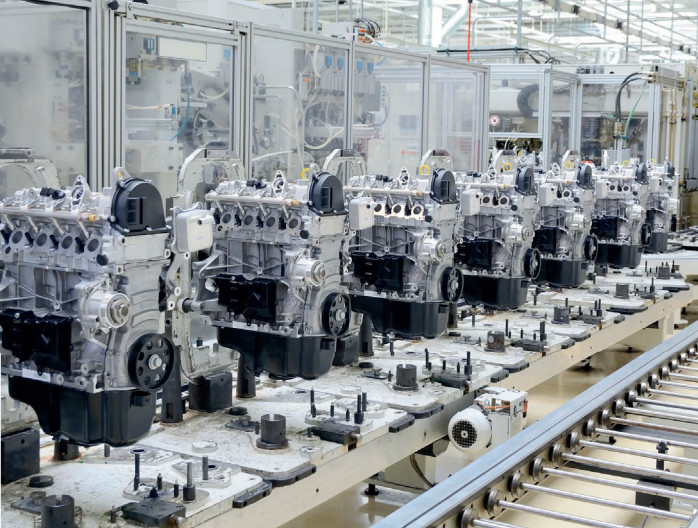Carmakers should continue to strive for individuality even as they move from combustion engines to electric motors.


THE Jaguar I-Pace is certainly a good start to the year. With 400hp and nearly 700Nm of torque provided by two motors, the electric all-wheel- drive is an absolute hoot.
And with its immense torque available the moment you squeeze the throttle, you do not have to have an open highway to enjoy the Jag.
The most mundane of tasks becomes a thrill, and previously difficult ones become a cinch.
But as wonderful as the I-Pace is, it lacks identity. Besides its impressive output, there is little to distinguish it from other electric cars.
It moves off like any other EV, with no gear changes and with an endless and unbroken surge of torque.
ELECTRIC CARS ARE ALL TOO SIMILAR, WHEREAS CARS WITH COMBUSTION ENGINES CAN BE TUNED TO EVOKE FEELINGS THAT DRIVERS WILL COME TO IDENTIFY WITH THE BRAND.

Unlike internal combustion engines, electric motors tend to all feel and sound alike.
It has a strong regenerative force which slows the car down when you lift off , allowing you to drive it literally without touching the brake pedal. It is vibration free.
And it sounds like any other electric car, emitting a high- pitch whir which comes with stratospheric motor revolutions.
And that is the problem with electric cars. They are all too similar. Cars with combustion engines, on the other hand, can be tuned to evoke feelings which drivers will, over time, come to identify with the brand.
We all know the light and efficient ways of Volvo; the rich and engaging ways of BMW; the restraint and comfort of Mercedes-Benz; the ease of Toyota; the unmistakable sound and fury of Ferrari; and of course, the “pace and grace” of Jaguar.
The drive for sales has in some ways diluted these values because it has forced carmakers to go into segments which they have less competence in.
The SUV bandwagon has also muddied the waters somewhat. So has, to a lesser degree, the turbocharging trend... Separately, the cooperation between carmakers – in a bid to be more efficient and economically viable – has also contributed to the dilution. Engines, transmissions, switchgear and platforms are shared across more and more brands.
The speed at which technology is adopted these days also makes it harder for any one brand to preserve its identity. Yes, cars have, as a result, become more homogenous over the decades, but electric cars will make them perpetual clones.
Unless manufacturers can imbue idetifiable driving characteristics into their battery-operated models, there will soon be one thing less to establish brand loyalty with.
Then again, do people care? Besides the driving enthusiasts (presumably a minority), the population at large may not care much about how a car drives.
Perhaps that is why manufacturers increasingly focus more on design and interior features.
Twenty or thirty years ago, product brochures will have drivetrain and performance details in the first few pages. There will be charts to show power and torque curves.
Today, these things take a backseat to infotainment features and other bells and whistles.
Perhaps that is the new order of the world. No one cares about how well a phone works for voice calls anymore – they care more about user interface, speed, and camera functions.
No one cares about the quality of his or her clothes, just the label on the collar. No one trusts his or her own taste in food, preferring to leave that to a tyre maker.
But the biggest tragedy will be when carmakers subscribe to this new order. A car is much more than a consumer product.
And it certainly is more than a mode of transport. It is an emotional entity with a personality. It is a symbol.
Carmakers should remind themselves that they must not lose their way in their quest for profitability (whether they go electric or not).
Otherwise, they will sooner or later start losing customers.
GOT A COMMENT?
SEND IT TO
CHRISTAN@SPH.COM.SG
Consulting Editor: Christopher Tan
previous article
next article























